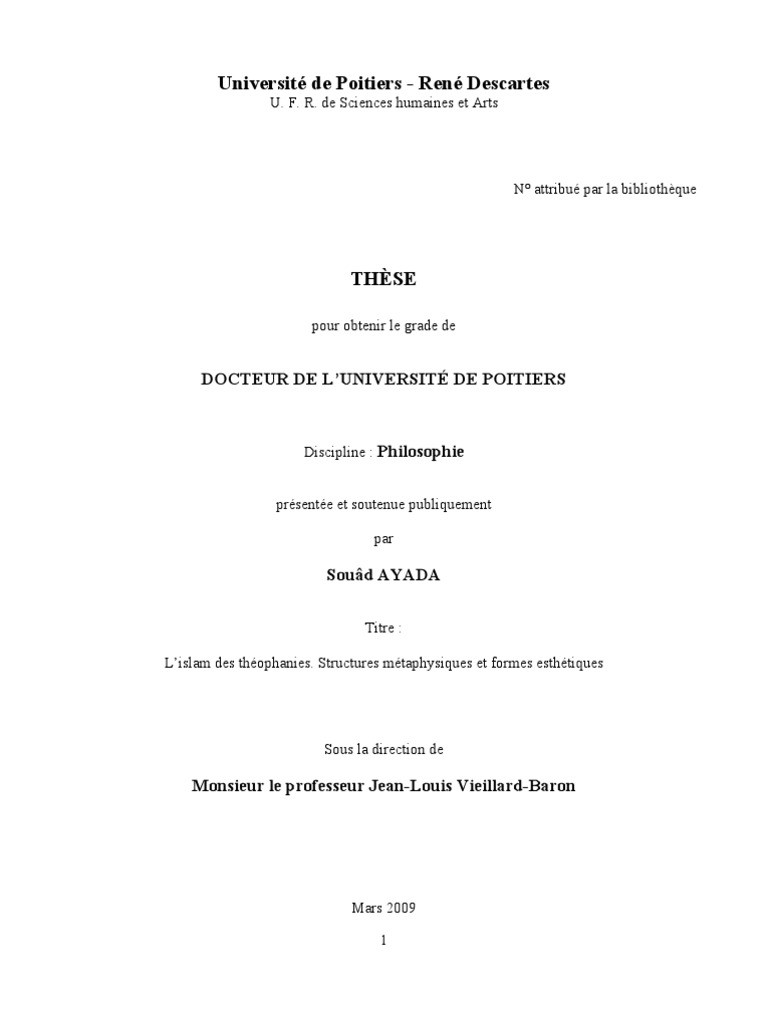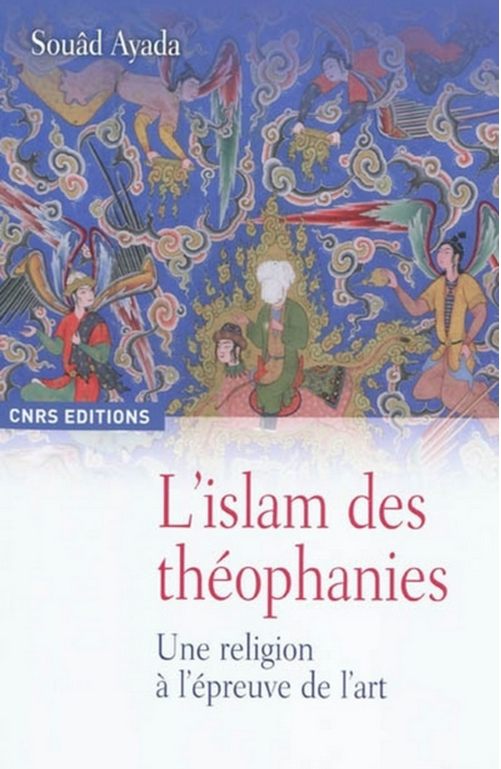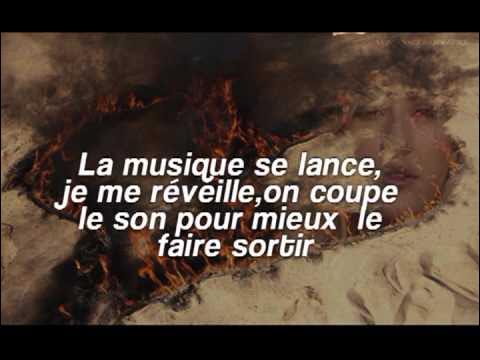je cherche tout type d'info sur cette expression qurrat al ayn
elle semble avoir une importance particuliere dans le coran
dans le coran le regard est souvent lié au (femme?) du janna : mot houri faire lien avec qurra (skn)
voir parallele :
56v22 وَحُورٌ عِينٌ Et aux yeux ....
23 كَأَمْثَالِ اللُّؤْلُؤِ الْمَكْنُونِ pareilles à des perles en coquille
...
37 عُرُبًا أَتْرَابًا gracieuses, toutes de même âge,
...
77 إِنَّهُ لَقُرْآنٌ كَرِيمٌ Et c'est un Coran noble,
78 فِي كِتَابٍ مَّكْنُونٍ dans un Livre bien gardé
79 لَّا يَمَسُّهُ إِلَّا الْمُطَهَّرُونَ que seuls les purifiés touchent;

 www.bladi.info
www.bladi.info

 www.bladi.info
www.bladi.info
elle semble avoir une importance particuliere dans le coran
dans le coran le regard est souvent lié au (femme?) du janna : mot houri faire lien avec qurra (skn)
voir parallele :
56v22 وَحُورٌ عِينٌ Et aux yeux ....
23 كَأَمْثَالِ اللُّؤْلُؤِ الْمَكْنُونِ pareilles à des perles en coquille
...
37 عُرُبًا أَتْرَابًا gracieuses, toutes de même âge,
...
77 إِنَّهُ لَقُرْآنٌ كَرِيمٌ Et c'est un Coran noble,
78 فِي كِتَابٍ مَّكْنُونٍ dans un Livre bien gardé
79 لَّا يَمَسُّهُ إِلَّا الْمُطَهَّرُونَ que seuls les purifiés touchent;
Quel est la "chose" la plus vrai ou reel?
à titre subjectif ? pour moi : c'est nos sensations notre experience ex perception de la matiere et plus ce stimuli est fort plus elle laisse une emprunte en nous donc plus elle nous paraitra reele ex douleur souffrance trauma etc ... experience qui nous font nous sentir vivant ... nous ne...
these fascinante : parler arab c'est etre musulman
Avant de reagir prenez le temps d'ecouter sa theorie qui est la reprise d'une these je recherche cette these meme en arabe ce qui est fascinant c'est le phenomene de comment une qualité finit par se reifier et fixer ex le mot atome a la base designé une idée puis on l'a fixé en designant...









